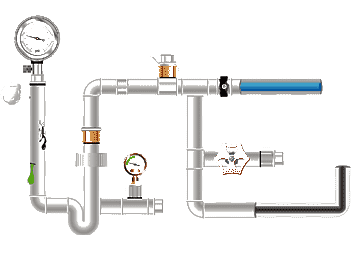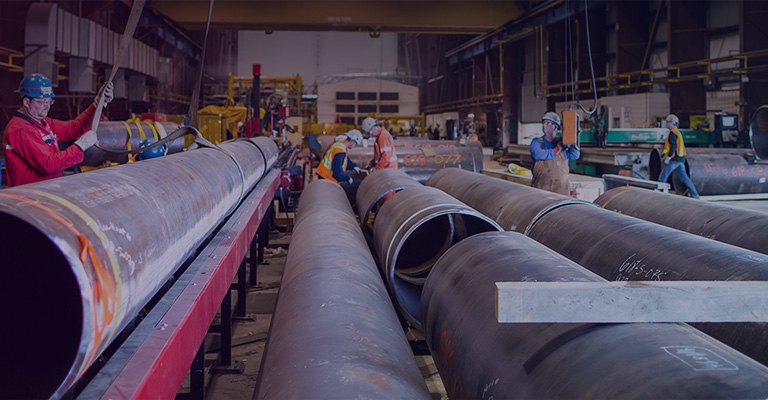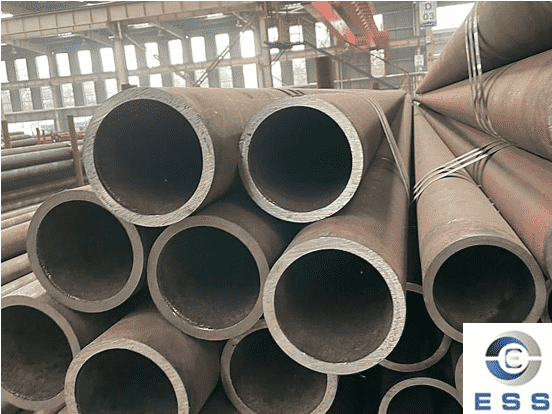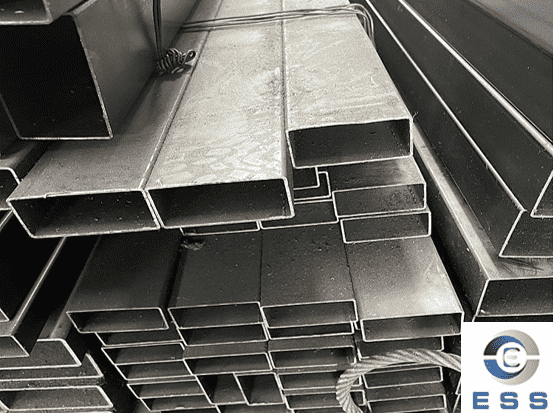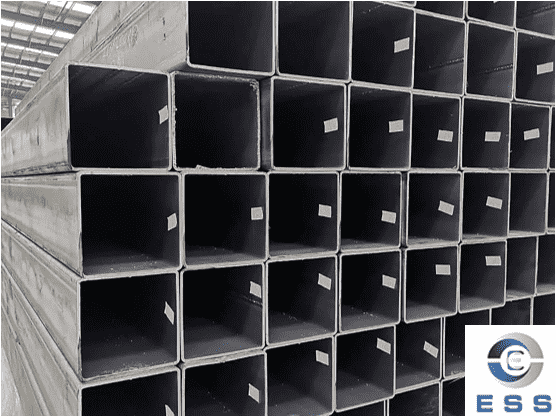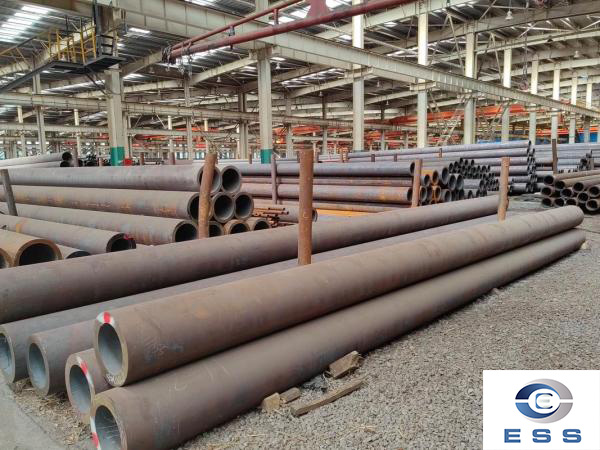
Quality requirements for seamless steel pipes
Quality requirements for seamless steel pipes - Geometric Dimension Accuracy and Appearance of seamless steel pipes .The geometric dimensions of seamless steel pipes mainly include outer diameter, wall thickness, ovality, length, bending (torsion), bevel of pipe end face, groove angle and blunt edge, cross-sectional dimensions of special-shaped steel pipes, etc.
1.Outer diameter accuracy of steel pipes
The outer diameter accuracy of hot-rolled seamless steel pipes depends on the method of (reducing) diameter (including tension reducing), equipment operation, process system, etc. In addition, the outer diameter accuracy is also related to the hole processing accuracy of the sizing (reducing) machine and the deformation distribution and adjustment of each frame. The outer diameter accuracy of cold-rolled (drawn) seamless steel pipes is related to the accuracy and adjustment of the mold or hole.
In the seamless steel pipe standard, the requirement for the outer diameter accuracy of steel pipes is expressed by the outer diameter allowable deviation δ. Although in many cases, the inner diameter accuracy of steel pipes is more important than the outer diameter accuracy, since there is generally no inner diameter equipment for steel pipes in the production of hot-rolled seamless steel pipes, it is difficult to control and inspect the inner diameter size of steel pipes. In addition, considering that there is a linear function relationship between the inner diameter and the outer diameter of steel pipes, the inner diameter deviation of steel pipes is generally not specified. However, in special cases, for steel pipes that are delivered with inner diameter dimensions or have inner diameter requirements, corresponding requirements are also put forward for the inner diameter deviation. The outer diameter deviation of steel pipes8 can be expressed by the following formula:
δ=D-Di/Dix
Where δ-outer diameter deviation of steel pipes, %;
D-large or small outer diameter of steel pipes, mm;
Di-nominal outer diameter of steel pipes, mm.
2.Wall thickness accuracy of steel pipes
The wall thickness accuracy of seamless steel pipes is related to the heating quality of the tube blanks, the process design parameters and adjustment parameters of each deformation process, the quality of tools and their lubrication quality, etc. The uneven wall thickness of steel pipes is divided into uneven transverse wall thickness and uneven longitudinal wall thickness. In the seamless steel pipe standard, the requirement for the wall thickness accuracy of the steel pipe is expressed by the allowable deviation of the wall thickness β.
β=S-Si/Six;
Where β-wall thickness deviation of the steel pipe cross section, %;
S-large or small wall thickness on the steel pipe cross section, mm;
Si-nominal wall thickness of the steel pipe, mm.
3.Steel pipe ovality
Ovality indicates the degree of non-roundness of the steel pipe. It reflects the ratio of the large outer diameter to the small outer diameter of the steel pipe on the same cross section, expressed by the ovality coefficient ε =Dmax/Dmin
ε-outer diameter ovality coefficient of the steel pipe;
Dmax-large outer diameter of the steel pipe with the same cross section, mm;
Dmin-small outer diameter of the steel pipe with the same cross section, mm.
4.Length of seamless steel pipe
The standard's requirements for steel pipe length are mainly reflected in three aspects: one is the usual length of the steel pipe (i.e. the large and small allowable lengths); the second is the fixed (multiple) length; and the third is the allowable deviation of the steel pipe length.
5.Curvature of the steel pipe
Curvature indicates the deflection of the steel pipe. In the steel pipe standard, two indicators are generally specified: the curvature per meter of steel pipe length and the curvature of the entire length of the steel pipe.
6.Steel pipe end face bevel
The steel pipe end face bevel indicates the degree of inclination between the steel pipe end face and the steel pipe cross section. For the convenience of inspection, in the steel pipe standard, the angle between the above two cross sections is generally not used to express it, but the distance between two points on the same steel pipe end face with a large difference along the axis is used to express it.
7.Steel pipe end face groove angle and pure edge
Some steel pipes for certain purposes (such as pipelines) need to be welded during use. Therefore, the standard specifies the maximum allowable deviation of the steel pipe end face groove angle and blunt edge size.
8.Special-shaped steel pipe cross-sectional dimensions
In order to ensure that the cross-sectional shape of special-shaped steel pipes meets the requirements, the steel pipe standard restricts the parameters that affect its cross-sectional shape (such as end face fillet, edge concave and convex value, twist value, etc.).
Read more: Seamless Steel Pipe Sizes









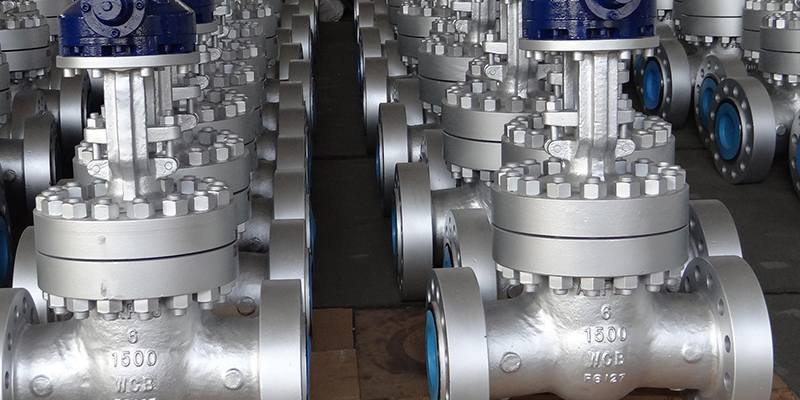
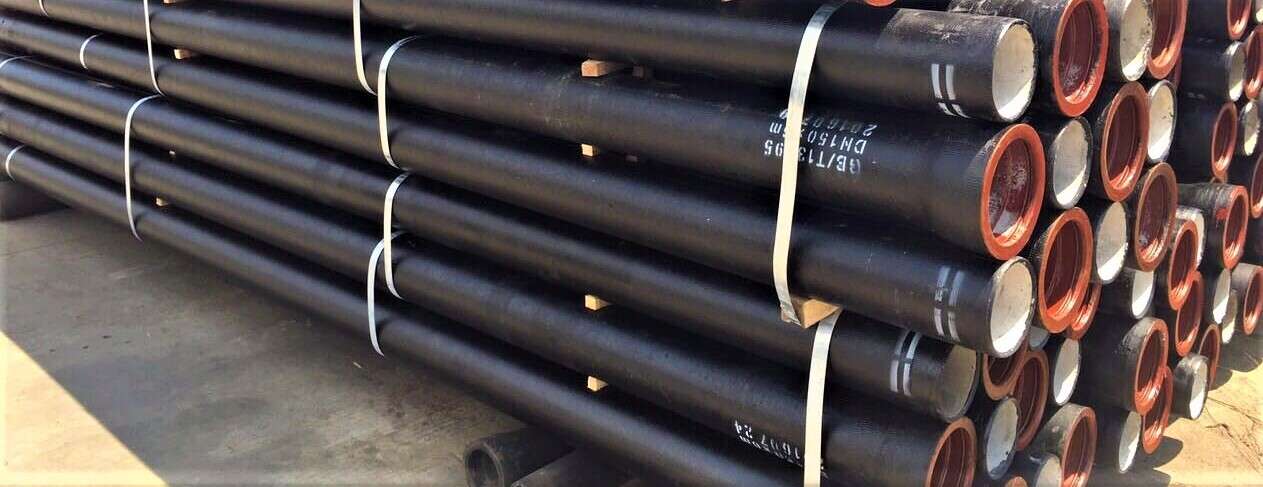


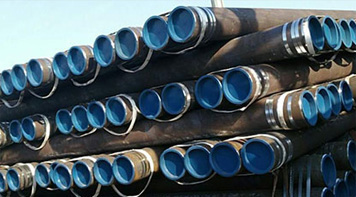 Eastern Steel Manufacturing Co.,Ltd not only improve product production and sales services, but also provide additional value-added services. As long as you need, we can complete your specific needs together.
Eastern Steel Manufacturing Co.,Ltd not only improve product production and sales services, but also provide additional value-added services. As long as you need, we can complete your specific needs together.
